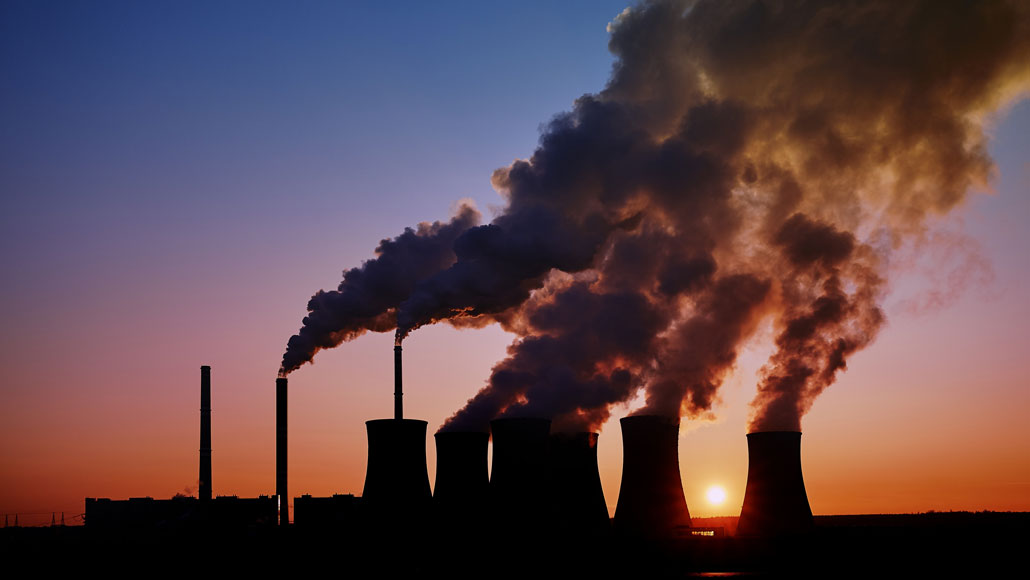50 years ago, scientists puzzled over a slight global cooling
Sulfate pollution turned out to be the culprit

Sulfate particles from fossil fuel burning briefly lowered global temperatures during the mid-twentieth century.
Kamilpetran/iStock /Getty Images Plus







